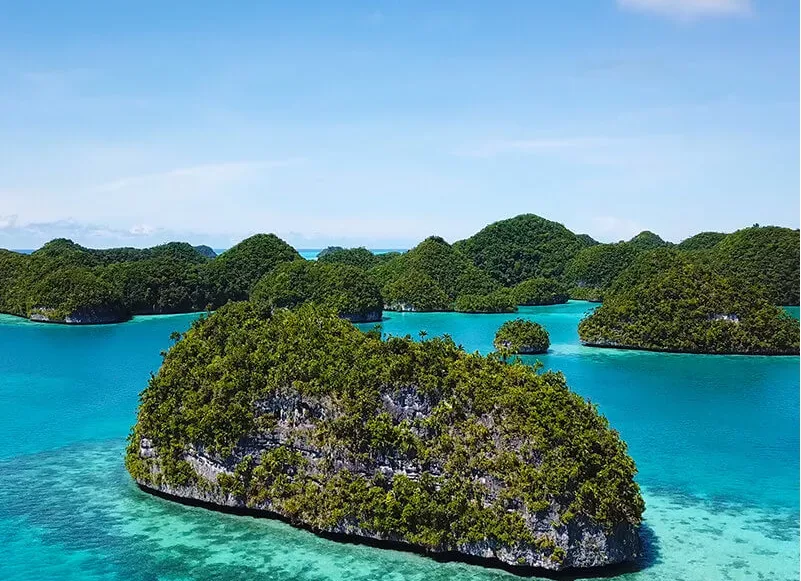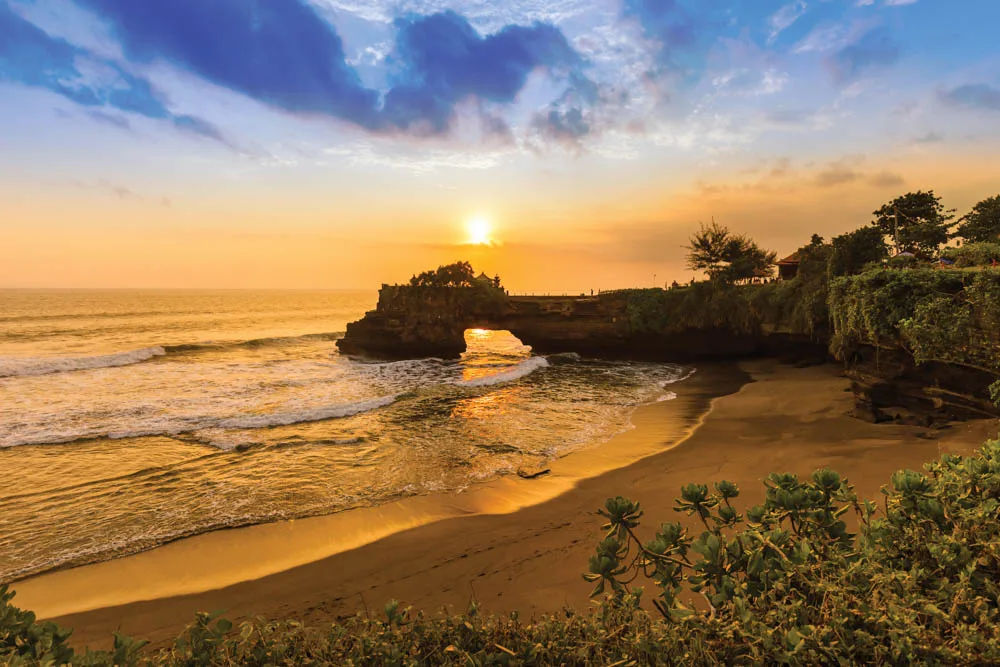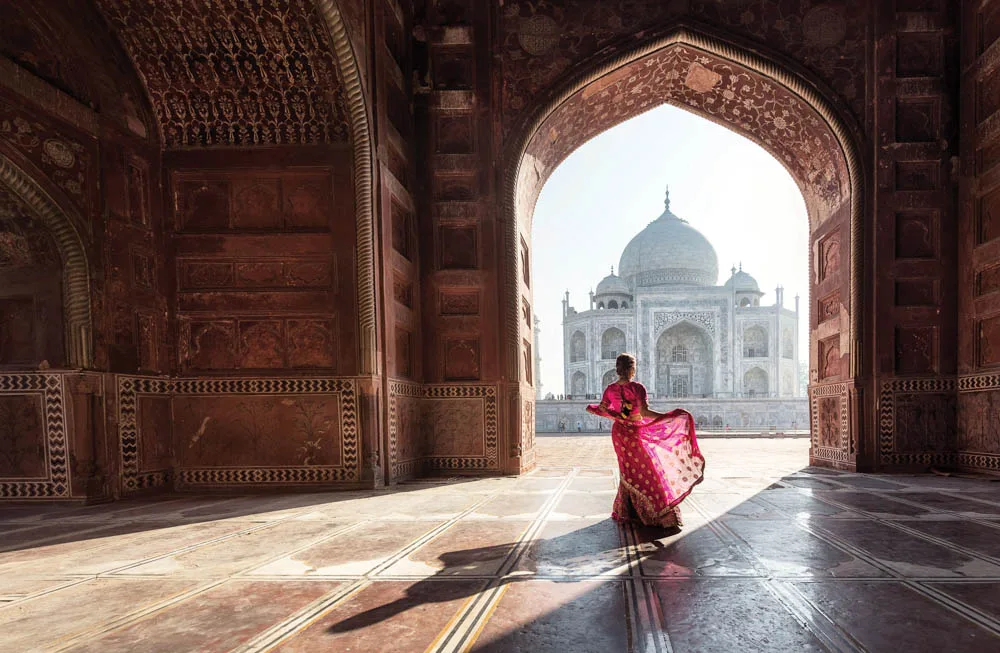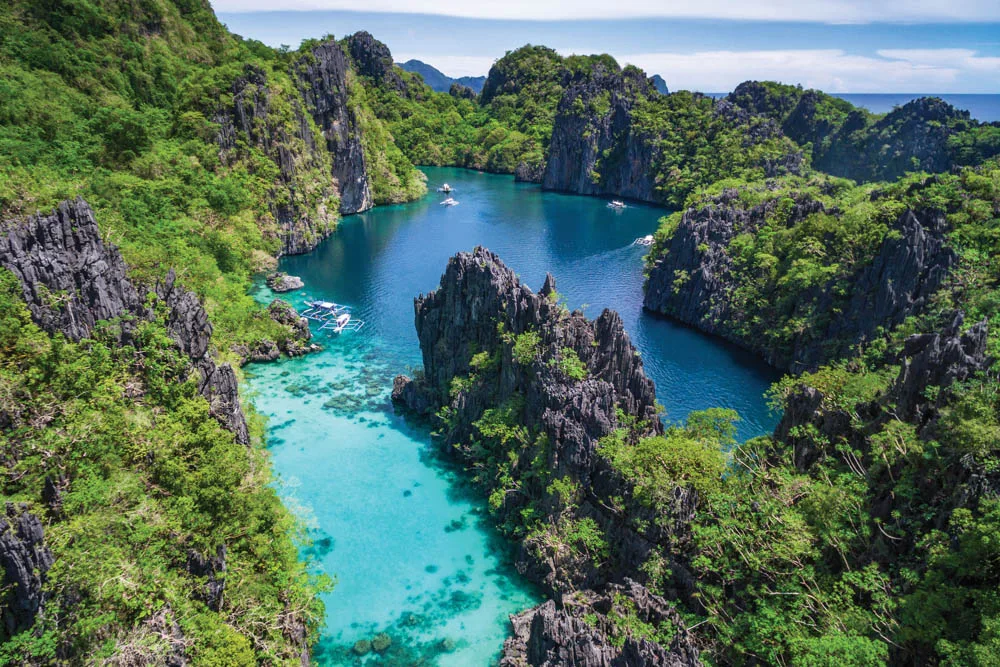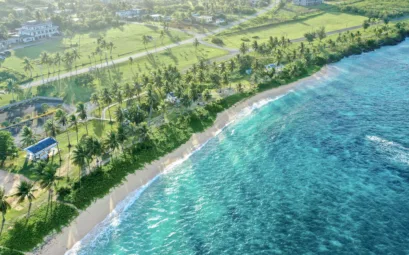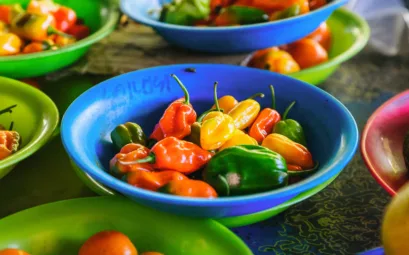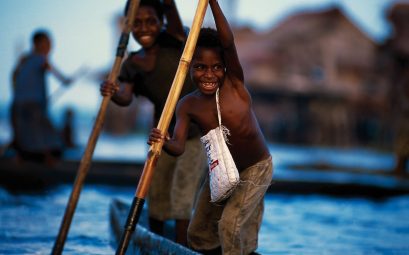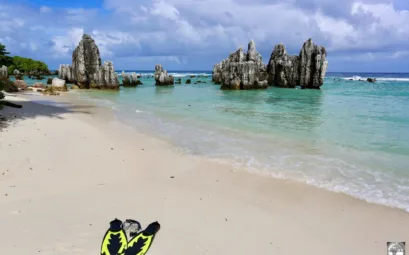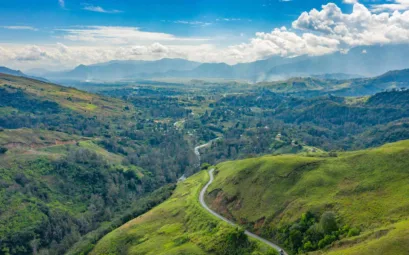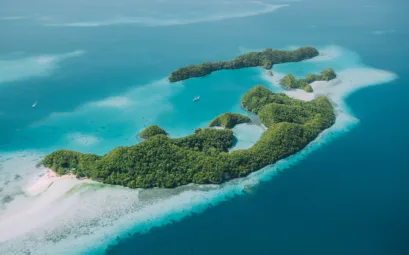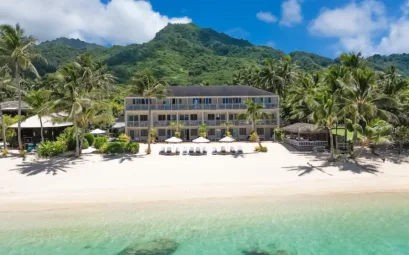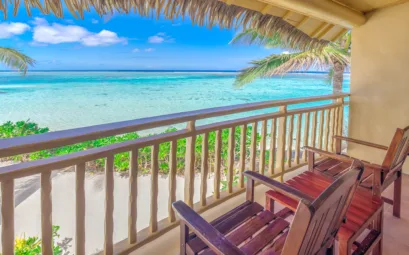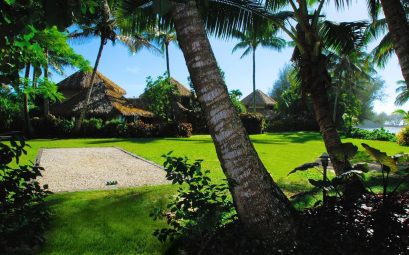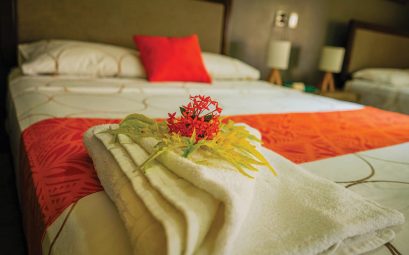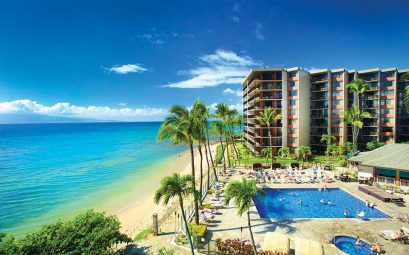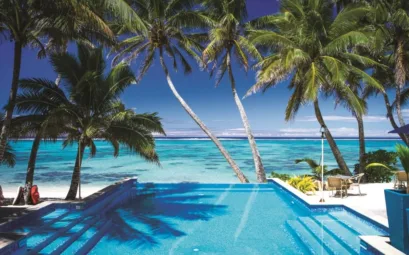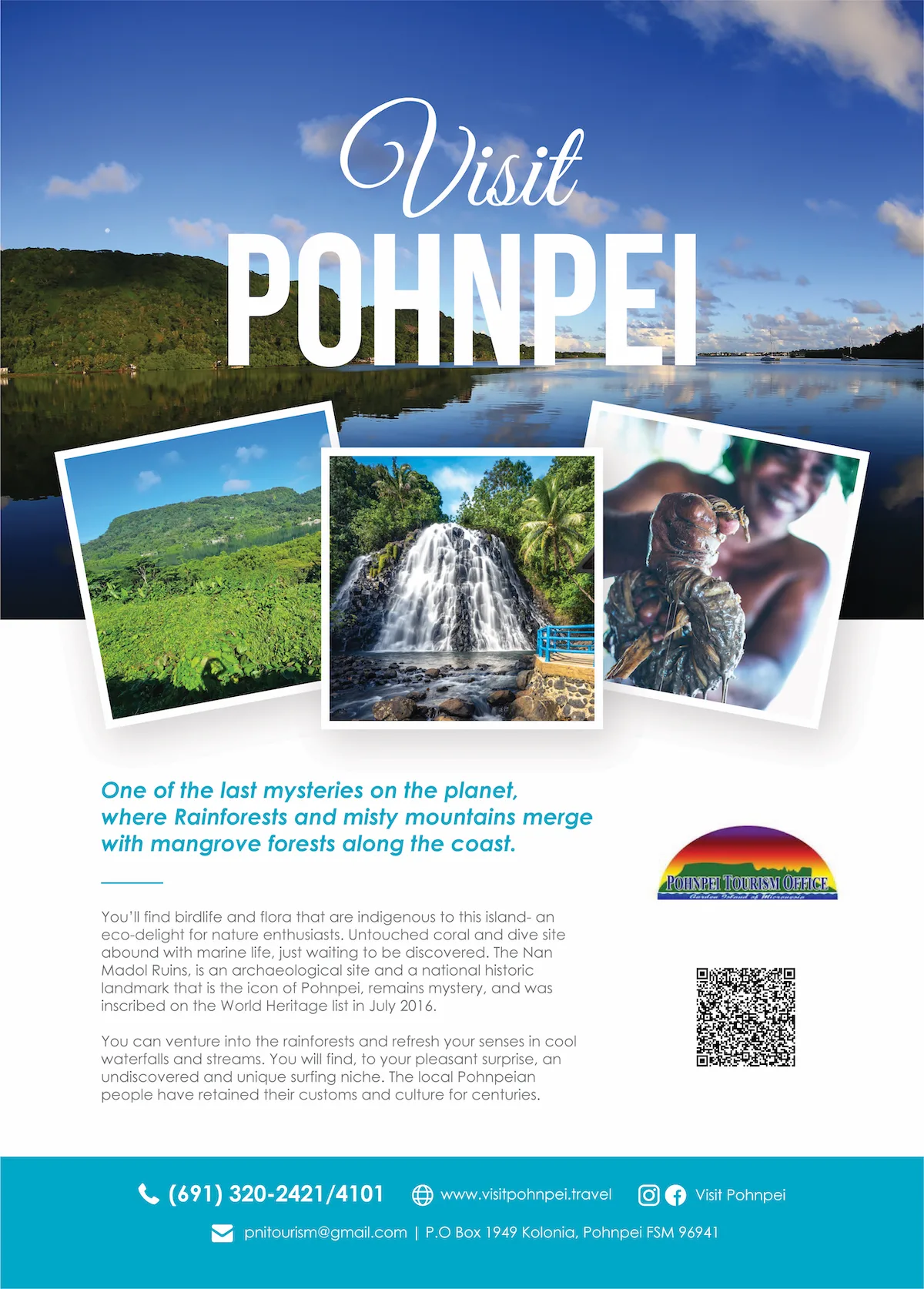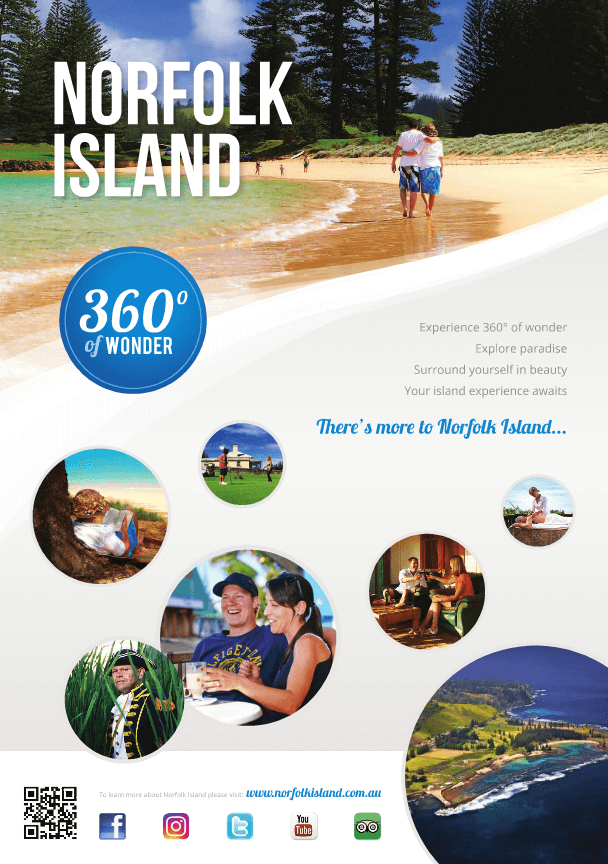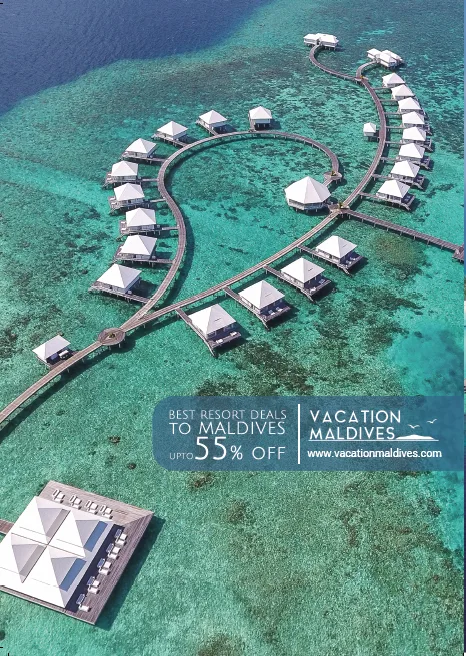The Marianas are a crescent-shaped chain of islands in the western Pacific, a tropical paradise offering white and black sand beac...
string(4107) "The Marianas are a crescent-shaped chain of islands in the western Pacific, a tropical paradise offering white and black sand beaches, crystal clear waters, as well as award-winning dive sites, oceanfront golf course, luxury shopping, and much more. A commonwealth of the United States, The Marianas are an archipelago of 14 islands - including Saipan, Tinian, and Rota - in the sub-tropical Western Pacific. The Marianas are home to indigenous Chamorro and Carolinian people, as well as over 20 different ethnicities from around the world who live and work in this harmonious tropical paradise. Ancient latte stone limestone monoliths, traditional nature-based ocean navigation not reliant on modern technology, and a culture seasoned by East and West influences are just a few of the experiences found in The Marianas, where pristine sea, sand, and skies are only a 3–4-hour direct flight from major Asian gateway cities. Inter-island flights connecting Saipan to Rota, Tinian and Guam operate daily. Saipan The largest and most populated of the Northern Mariana Islands, the capital island of Saipan boasts gentle beaches and a wide lagoon on the western and southern coasts, a rugged and rocky eastern coast, a hilly interior, and dramatic cliffs in the largely undeveloped north. Plunge into a variety of water sports at any time of the year, including swimming, snorkelling, paddle boarding, kayaking, banana boat rides, parasailing, kiteboarding and windsurfing. Discover underwater wonders with a wide selection of shore, boat, wreck, and cavern dives. The Grotto, with passages to the open sea, has been rated as one of the top cavern dives in the World. In the heart of a marine conservation area, the tiny Managaha island is a short boat ride away, where the crystal waters of the lagoon offer award-winning snorkelling. Hope on a sailing canoe in the lagoon and learn about the indigenous skill of open ocean navigation using only natural phenomena like stars, the sun and moon, and ocean currents. Several professionally designed golf courses offer sit along cliff lines, offering a memorable round of stunning ocean views. The CNMI Museum of History and Culture is a good starting point for first time visitors to grasp the expanse of this island’s 4,000-year history. American Memorial Park offers a look at the island’s World War II history. Don’t miss a stop at the Last Command Post of the Japanese Imperial Army or the other historic and natural wonders of the Marpi area. Tinian Tinian is the closest island to Saipan and is easily accessible by air via a 10-minute flight. History abounds on Tinian, from Taga Stones, huge prehistoric monoliths quarried and transported by unknown methods by the ancient Chamorros. Explore the very runways and loading docks that put atom bombs aboard the Enola Gay to stop WWII. Tinian is all that and more with temple ruins in the jungle, natural trails, and quaint, boutique hotels to accommodate your visit. Tinian boasts numerous clean and quiet white sand beaches. The pristine water, colourful marine life and coral reefs surrounding the island offer an ideal environment for snorkelling, scuba diving, and bountiful fishing. Rota Known as ‘the friendly island’, beautiful Rota possesses a unique character and charm that wins over just about everyone that goes there, starting with the customary wave among drives on the island’s roads. On the western side of the island, take a refreshing dip in the cool, clear water at Rota’s famous Swimming Hole. Take some great photos at Tweksberry Park with its perfectly lined rows of coconut palms. Continue east along beautiful Sasanhaya Bay and get a great view of Wedding Cake Mountain. See two well-preserved Japanese swivelling cannons and other interesting sights in an awe-inspiring back road driving tour. No trip is complete with sampling local delicacies, from in-season ayuyu (coconut crab) to kadun pika (hot spicy beef soup), the choices abound and are served best in the company of newfound friends in this friendly community. "













